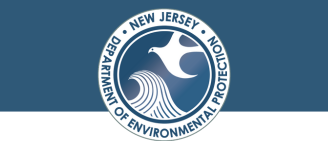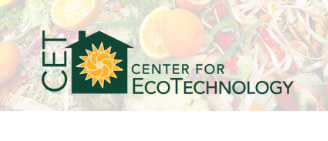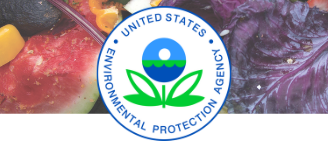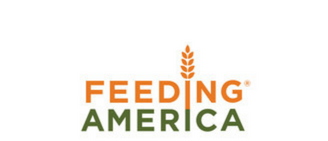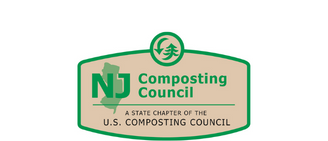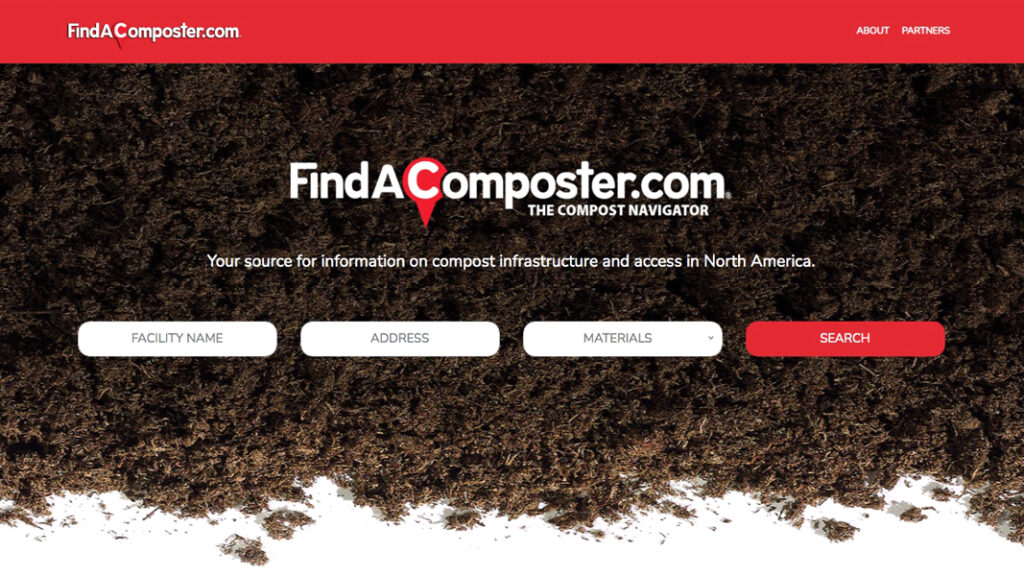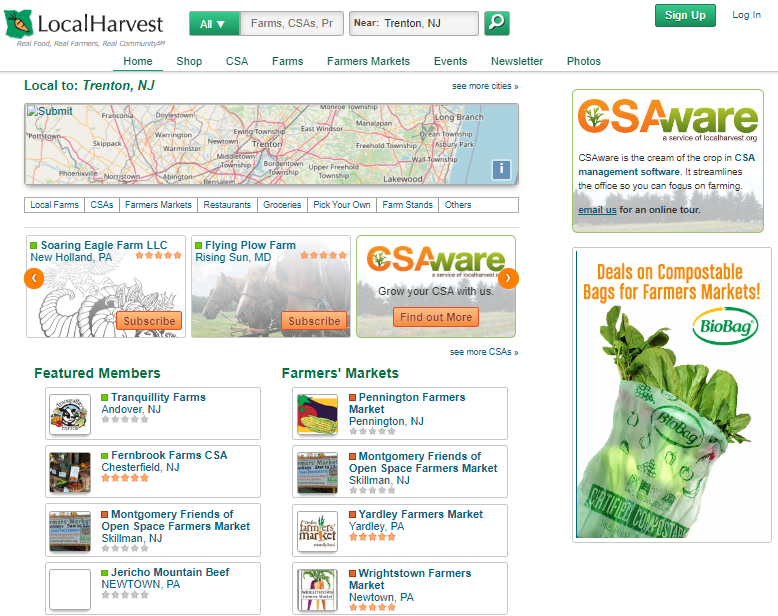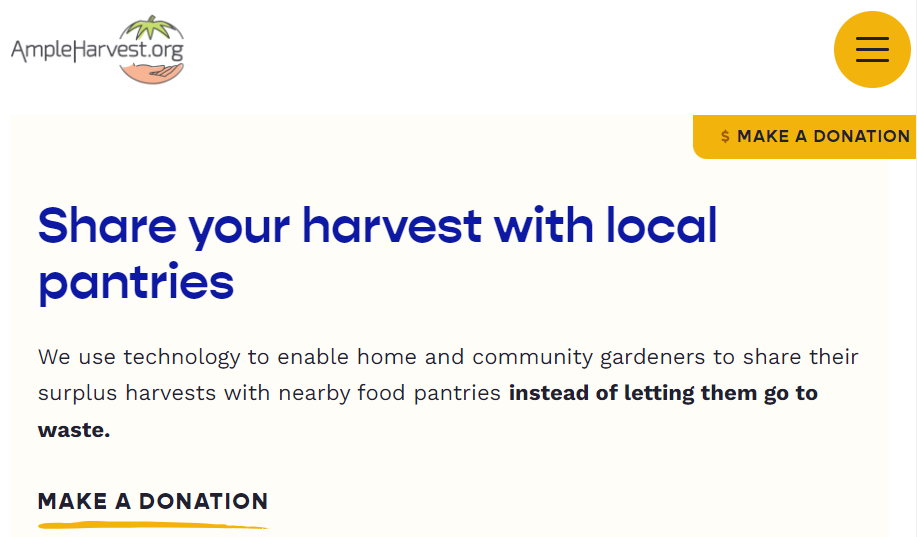
Food Waste Toolkit
Resources to inform, authorize and fund food waste prevention and management practices at home, at work, at school or in government.
The DEP is committed to reducing food waste in the state to conserve resources wasted when food is not eaten and prevent greenhouse gases that may be produced by disposal. The DEP is pursuing New Jersey’s goal to reduce food waste by 50% by 2030.
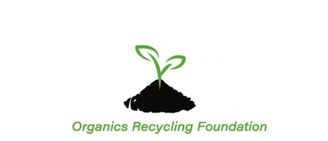
NJ Organics Recycling Foundation
NJ Organics Recycling Foundation is a nonprofit organization that provides research and education around organics recycling in New Jersey. They offer educational workshops, events and outreach, advocating for smarter regulation as well as creating and supporting research projects throughout the state.
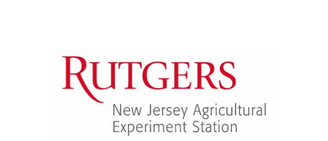
Rutgers Cooperative Extension Food Waste Team
Acting with state agencies, non-profit organizations, foundations, academia and industry, Sustainable Jersey awards certifications to municipalities and schools that have documented meeting a set of rigorous standards for a variety of sustainability best management practices.
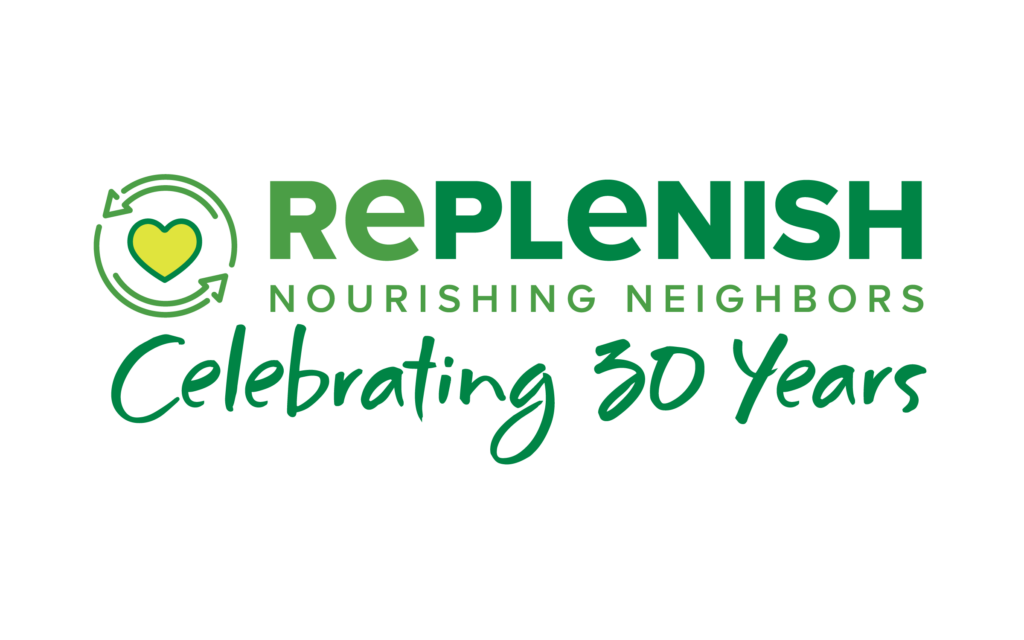
REPLENISH
REPLENISH (previously MCFOODS) is a Middlesex County-run food security organization. Local governments, nonprofit agencies, community food pantries, food banks, soup kitchens, social service organizations, businesses, schools and houses of worship all work together through REPLENISH to help end hunger.
Rutgers Cooperative Extension
More Meals Less Waste
More Meals Less Waste
REPLENISH
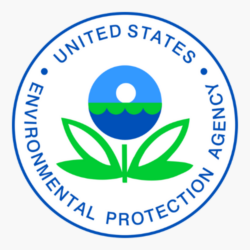
EPA Environmental Education (EE) Grants
Under the Environmental Education Grants Program, EPA seeks grant applications from eligible applicants to support environmental education projects that promote environmental awareness and stewardship and help provide people with the skills to take responsible actions to protect the environment.
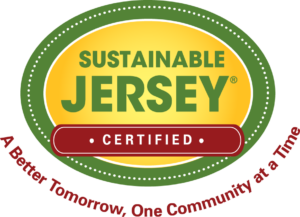
Sustainable Jersey Grants
Sustainable Jersey has multiple grant opportunities with annual cycles such as those provided by the Gardinier Environmental Fund and PSEG.

DEP’s Recycling Enhancement Act (REA) Grant for Higher Education
Grant provided by NJDEP to higher education institutions to improve recycling, food waste projects are included.
Food Waste Resources by Sector and Action Type
By Sector
Reduce food waste in your daily life with these helpful tips from our Shelf Life Guide. Doing so will prevent the food you buy from going to waste. And the food you don’t purchase can be donated by growers and grocers, then redirected to our neighbors in need.
Equipping yourself with the knowledge of how to use date codes can help reduce food waste and save you money.
The handy charts on these pages show you how long many popular food items can be stored
— before and after they’ve been opened.
A collection of videos to help reduce food waste at home.
Food waste occurs in every part of the food system, from food that is wasted at harvest to food that we throw away at home. According to the USDA’s Economic Research Service (ERS), most of the food that is wasted happens at the consumer level. The ERS estimates that in 2010 consumer waste accounted for 31% of total waste, which was approximately 133 billion pounds of food and a value of $162 billion. Consumers waste food when they improperly store food, cook more than needed and throw out the extras, or acquire more food than they need. Learning ways to decrease food waste at home can be the first step towards making a positive environmental impact.
Date labels are the dates on food packaging that are accompanied by phrases such as “use by,” “best before,” “sell by,”
“enjoy by,” and “expires on.” Date labels can lead to food waste across the supply chain. Consumers may discard food after
the date on the package due to confusion about product safety and retailers or manufacturers may discard food due to
confusion about selling or donating the past-date food. However, most date labels are only used to indicate freshness or
quality.
An estimated 1.4 million of our neighbors struggle with food insecurity, while 30%-40% of the food supply is wasted. Please help to stop food waste! By knowing the handy storage tips in this guide, you can properly store the food you buy — so none of it ends up being thrown out
Did you know that nearly 40% of New Jersey’s food is wasted? We shouldn’t be dumping perfectly good food into landfills. Instead, we should be following the steps of The EPA Food Recovery Hierarchy. It’s an easy-to-follow, upside-down pyramid that prioritizes the actions we all can take to minimize
and divert food waste. And prevent food from ending up in the bottom tier — our landfills.
NRDC’s campaign to reduce food waste at home providing tools and resources.
Stocking your fridge with these tips from NRDC will help make a dent in food waste, saving you money while you do it.
Reduce food waste at work with these tips from More Meals Less Waste.
CET is deeply knowledgeable about the marketplace and helps food businesses work across the EPA food recovery hierarchy to identify prevention, recovery, and diversion solutions, seamlessly integrating them into existing operations. CET conducts an on-site or virtual meeting to learn more about a business and its unique needs, then provides a customized report with recommendations, all at no cost to the business or institution.
This document provides guidelines to businesses and institutions for establishing or modifying contracts for trash, recyclables, and/or organics hauling.
This food waste reduction guidance document is part of a series aimed at helping commercial food service providers – e.g., restaurants, hotels, corporate cafeterias, and schools – reduce the volume of organic waste they send to landfills.
The Organics Recycling Foundation is to promote research and education around organics waste recycling for the benefit of our environment and economy. They do this through educational workshops, events and outreach, advocating for smarter regulation as well as creating and supporting research projects.
Legal fact sheet listing tax incentives for food donation in New Jersey.
RecyclingWorks has compiled industry data from published reports and studies, which can be used as guidance for facilities with little to no current food waste diversion program in place. This tool can help businesses in New Jersey determine if they may be subject to the New Jersey Food Waste Disposal Ban.
The U.S. EPA Excess Food Opportunities Map supports nationwide diversion of excess food from landfills. The interactive map identifies and displays facility-specific information about potential generators and recipients of excess food in the industrial, commercial and institutional sectors and also provides estimates of excess food by generator type.
Guidance for New Jersey schools to reduce, recover and recycle food waste.
Rutgers Cooperative Extension of Passaic County has created a Food Waste Team to address the growing issue of food waste. Working with food service workers, the RCE-FW facilitates trainings to help food service departments reduce food waste, and creates comprehensive toolkits on how to implement food waste reduction efforts in schools.
Presentation provided by the Center for Ecotechnology on how to reduce, recover and recycle food waste in schools.
Guidance on how “Offer Versus Serve” (OVS) can apply to reimbursable lunch and breakfast school meals. OVS allows students to decline some of the food offered in a reimbursable lunch or breakfast. The goals of OVS are to reduce food waste and to permit students to choose the foods they want to eat.
The Culinary Institute of America’s Healthy Kids Collaborative is a year-round invitational initiative designed to both accelerate innovation and deepen technical and professional expertise in K-12 school food.
Ideas to bring attention to the School Breakfast Program and increase students enjoyment in eating school meals.
Schools with a food waste management program can receive Sustainable Jersey for Schools points.
Municipalities
Acting with state agencies, non-profit organizations, foundations, academia and industry, Sustainable Jersey awards certifications to municipalities and schools that have documented meeting a set of rigorous standards for a variety of sustainability best management practices.
Counties
REPLENISH (previously MCFOODS) is a Middlesex County-run food security organization. Local governments, nonprofit agencies, community food pantries, food banks, soup kitchens, social service organizations, businesses, schools and houses of worship all work together through REPLENISH to help end hunger.
Funding to prepare, revise and implement district solid waste management plans, implementation of the State Recycling Plan, research and education.
By Action
This food waste reduction guidance document is part of a series aimed at helping commercial food service providers – e.g., restaurants, hotels, corporate cafeterias, and schools – reduce the volume of organic waste they send to landfills.
Tips to reduce food waste at work.
Food waste reduction tips for everyone.
This food rescue guidance document is part of a series aimed at helping commercial food service providers – e.g., restaurants, hotels, corporate cafeterias, and schools – reduce the volume of organic waste they send to landfills.
Date labels are the dates on food packaging that are accompanies by phrases such as “use by,” “best before,” “sell by,” “enjoy by,” and “expires on.” Date labels can lead to food waste across the supply chain. Consumers may discard food after the date on the package due to confusion about product safety and retailers or manufacturers may discard food due to confusion about se lling or donating the past-date food. However, most date labels are used to indicate freshness or quality and are not an indicator of safety. This fact sheet can help businesses, organizations and institutions use date labels to decipher whether food is safe to donate.
Businesses and nonprofits that provide or receive donated food are generally well-protected by laws designed to provide immunity from liability related to donations. This fact sheet discusses how federal and local laws provide liability protection to food donors, distributors and landowners who allow gleaning.
Federal tax incentives can help make food donation more cost-effective and economically beneficial for businesses. This fact sheet from Harvard’s Center for Health Law and Policy Innovation discusses which tax incentives are available at the federal level in the form of general or enhanced deductions for businesses.
This food waste separation guidance document is part of a series aimed at helping commercial food service providers – e.g. restaurants, hotels, corporate cafeterias, and schools – reduce the volume of organic waste they send to landfills.
This document provides guidelines to businesses and institutions for establishing or modifying contracts for trash, recyclables, and/or organics hauling.
RecyclingWorks has complied industry data from published reports and studies, which can be used as guidance for facilities with little to no current food waste diversion program in place. This resource can be used to help estimate how much food waste may be produced by a given facility.
 OFFICIAL SITE OF THE STATE OF NEW JERSEY
OFFICIAL SITE OF THE STATE OF NEW JERSEY